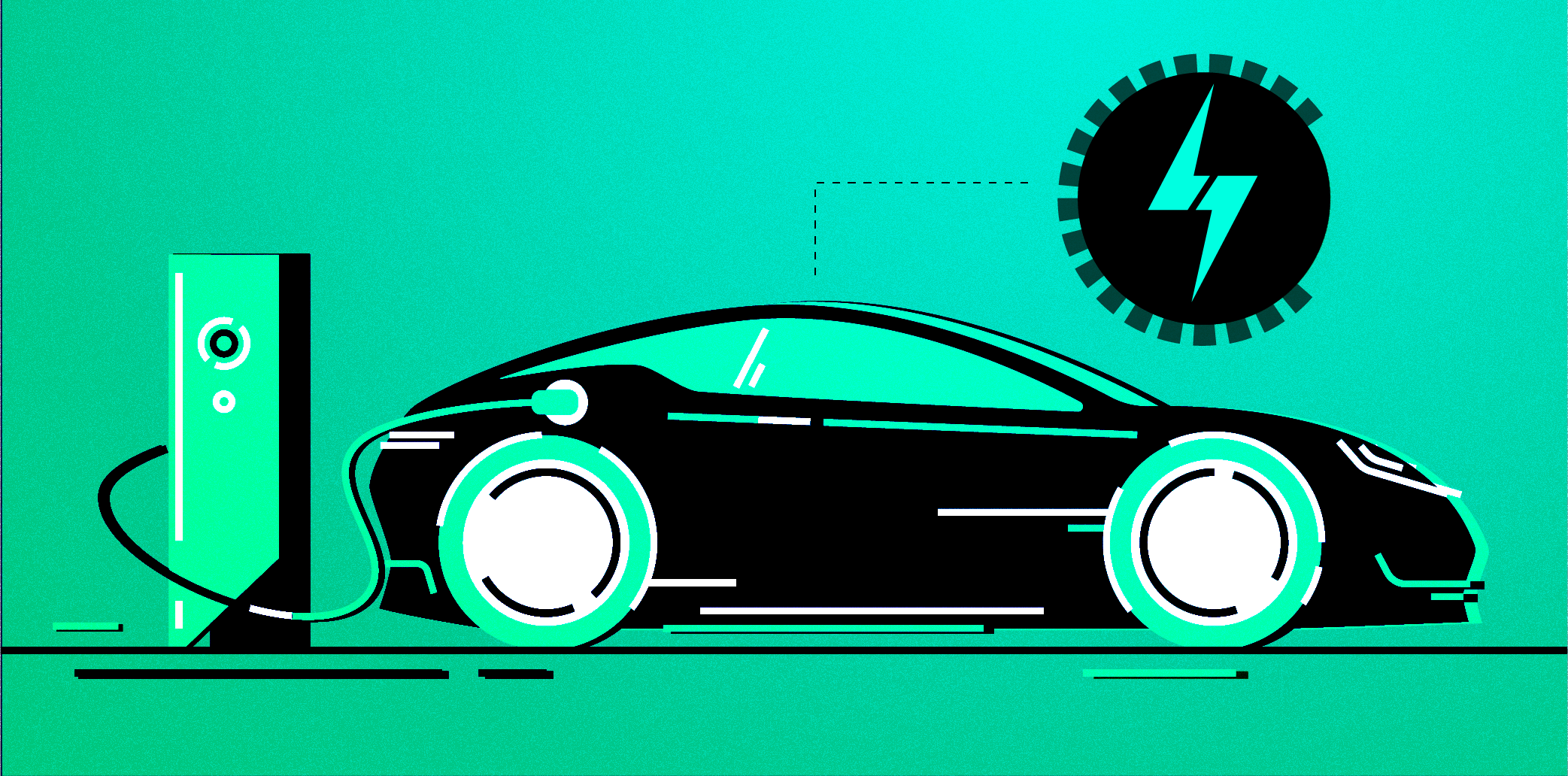China exported nearly 500,000 electric cars in 2021—more than any other country in the world—thanks to increasing sales in Europe and Southeast Asia by emerging cost-competitive automakers, Nikkei Asia has learned.
According to the General Administration of Customs of China, the number of passenger EVs exported in 2021 increased 2.6 times to 499,573 units.
Meanwhile, Germany doubled its exports to about 230,000 units, while the U.S fell 30% to around 110,000 units, and Japan increased 24% to 27,400 units, according to data compiled by the German Association of the Automotive Industry and the Japan External Trade Organization.
China accounts for 60% of global EV production, and is emerging as the world’s factory for EVs having already secured the same position in digital product manufacturing. China is the world’s largest producer of smartphones, accounting for just under 70% of global production. It also has 60% of the world’s production capacity for liquid crystal display used in TVs and other products.
Exports to the EU grew in the wake of it announcing a policy to ban the sale of new hybrid and gasoline-powered vehicles in 2035.
China’s EV exports to Europe rose fivefold to 230,000 units, with the region absorbing half of China’s total EV exports. Belgium imported 87,000 units and the UK 50,000 units.
Of the almost 500,000 units exported, more than 100,000 appear to have originated from Tesla’s Shanghai plant.
China’s EV export growth has been facilitated by its intense concentration on the sector. For automotive batteries, Chinese makers are manufacturing locally and procuring raw materials for cathodes domestically.
“In China, production costs are about 50% less than in other parts of the world due to more efficient procurement,” an official at a Chinese EV parts manufacturer told Nikkei.
According to Nikkei research based on data from LMC Automotive, a British research company, and other sources, global EV production in 2021 was 3.99 million units. China accounted for 57.4% of the total, Europe and the US for 22% and 12%, respectively, while Japan accounted for just 0.9%.
“Norwegian customers welcomed our EVs and gave us enough confidence to enter the global market,” said Li Bin, the chief executive of Nio, a Chinese electric vehicle maker, during an event held in Suzhou, Jiangsu Province, in late 2021.
Nio launched a multi-purpose electric sports utility vehicle in Norway last September, and plans to expand into Germany, the Netherlands, and elsewhere this year.
China’s aggressive play has also extended to Southeast Asia, long a stronghold for Japanese cars. SAIC Motor, China’s largest carmaker, already holds a 50% share of the Thai EV market. Its flagship model, the MG EP, costs about THB 1 million (USD 30,139), about 30% less than the promotional price of Nissan Motor’s Leaf EV.
SAIC Motor is working on its recharging infrastructure in Thailand, and has already installed quick rechargers at more than 120 locations, including dealerships, to facilitate recharging within a range of 150 kilometers. The manufacturer plans to increase the number to 500 in the future.
European companies are also competing. Volkswagen is increasing its battery production capacity and will have built six plants in Europe by 2030.
Meanwhile, Japanese players are lagging behind as they develop their own supply networks. Although Toyota Motor has said that it plans to build a battery plant in the US, the company still sources most of its batteries from a major Chinese manufacturer.
This article first appeared on Nikkei Asia. It has been republished here as part of 36Kr’s ongoing partnership with Nikkei.

